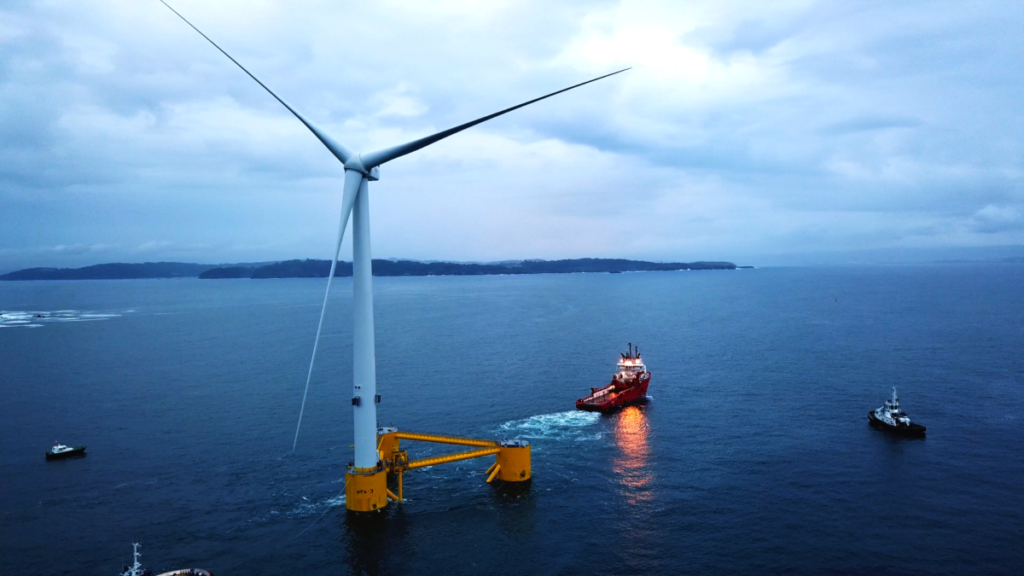Dynamic Cables in Floating Wind: The next big risk?
Loss Adjusters Matthew Thurley and Daniele Caruso, subsea cables project manager, discuss their thoughts on what the future risk profile looks like for cable operations with the increasing use of dynamic cables as floating wind projects look set to multiply.
Whilst currently cable losses are known to make up the lion’s share of insurance claims from offshore wind farms, a new and rapidly expanding technology in the form of floating offshore wind is working its way into the mainstream and bringing with it a whole new layer of complexity with the introduction of dynamic power cables.

Project data from the Energy Industry Council (EIC) shows that over 10% of the 461 offshore wind developments currently in the works are floating. This is a fairly sizeable chunk given the first individual turbine concepts were being floated in 2007 (see Blue H technologies demo offshore Italy) and presently there are only a couple commercial farms operational (See 30MW WindFloat Atlantic and Equinor’s 25MW Hywind Scotland). Moreover, by 2030 the number is expected to increase significantly to a total installed capacity of between 5 and 30 GW.
One of the primary attractions of floating offshore wind is the ability to operate in deeper waters seeking better wind conditions. While opening new areas for offshore wind in established markets, it also allows countries without suitable continental shelves, such as Spain and Japan, the opportunity to develop offshore wind generating capacity. However, with this new, deeper environment for offshore wind, a new test in the form of dynamic power cables enters the field of play and is set to bring plenty of challenges to the world of offshore cables.
At installation, some failure mechanisms are predicted to include exceedance of minimum bend radius and kinks. Whilst at operational stages, potential issues include fatigue/cyclic loads, floater motion induced loads and third-party interaction (e.g. anchor snags), to name just a few risks that are less common or not applicable to fixed offshore wind farms. Unfortunately, at present with the small number of commercial floating wind farms, the operational data is not available to predict frequency of issues when scaled up and only time will tell how successfully they operate in service in comparison to their fixed counterparts.
Whilst the prospect of more complex offshore wind cabling operations may seem daunting, much of the technology has already been used to an extent in the past. Combining expertise in static cables from the offshore wind industry with past experience from the offshore oil & gas sector, strengthened by ongoing research & development, the art of dynamic cables can and will be mastered.
As we move further offshore to harness the full extent of wind power, developers, insurers, and other stakeholders will need to understand and manage the installation and operational risks that dynamic cables bring to the offshore wind industry.
To find out more on the topic of risks associated with dynamic cables in floating wind farms, please register to join the upcoming Discover AqualisBraemar LOC Adjusting webinar:
Dynamic Cables in Floating Wind: Understanding Risk from Installation to O&M
27th May, 13:30 BST
Presenters: Matthew Thurley and Daniele Caruso
